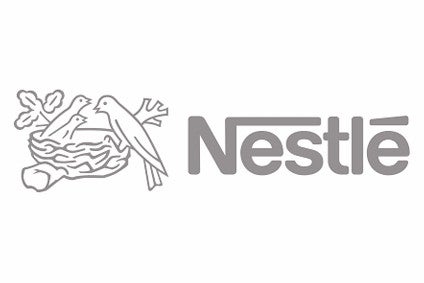
Nestlé said today (1 February) it plans to publish a list of its commodity sources later in the year as a means to boost supply-chain transparency.
By mid-2019, the Swiss food giant said it will reveal its suppliers along with a “variety of data of its 15 priority commodities, the first disclosure of its kind in the industry”, adding that the list will cover some 95% of the company’s annual sourcing of raw materials.

Discover B2B Marketing That Performs
Combine business intelligence and editorial excellence to reach engaged professionals across 36 leading media platforms.
Those priority commodities take in seafood, coconut, vegetables, spices, coffee, cocoa, dairy, poultry, eggs, cereals and sugar,” according to the Zurich-listed firm. The disclosure will encompass direct, or tier 1 suppliers, “upstream locations”, country of origin, and the volume of raw materials sourced for each category.
Magdi Batato, executive vice president and head of operations at Nestlé, said: “Consumers want to know what is in their food and where it comes from. Therefore, transparency in our supply chains is essential, and we will continue to lead in this area.” Batato added soya, meat (including beef, pork, veal, lamb or mutton), hazelnuts and vanilla to the list of disclosures.
It is the latest move by Nestlé to offer greater transparency into its global operations, along with efforts the company is making to reduce its impact on the environment.
Earlier this month, it joined a raft of global food and drinks companies in signing up to a new environmental initiative called Loop in the US to combat the use of plastics in packaging led by recycling firm TerraCycle. And late last year, Nestlé launched a dedicated facility in Switzerland to develop environmentally-friendly solutions for packaging, adding to its commitments with the UK-based charity The Ellen MacArthur Foundation.

US Tariffs are shifting - will you react or anticipate?
Don’t let policy changes catch you off guard. Stay proactive with real-time data and expert analysis.
By GlobalDataIt also joined forces with six other food companies to form the Global Coalition for Animal Welfare (GCAW) with the aim of advancing welfare standards throughout the supply chain.



